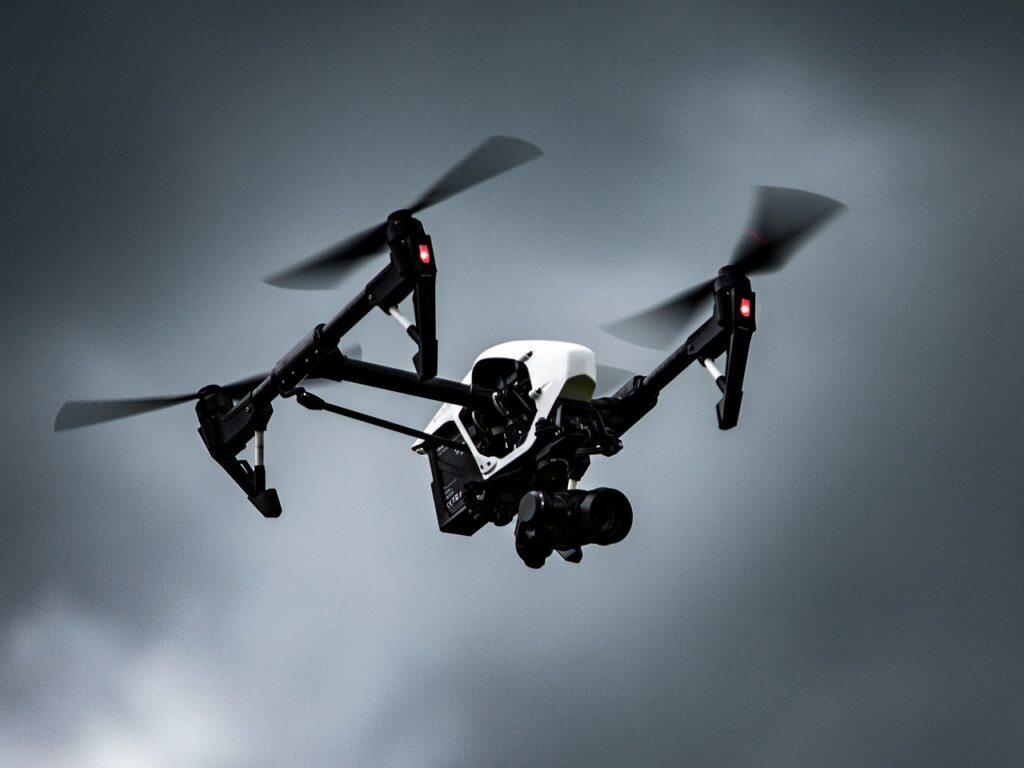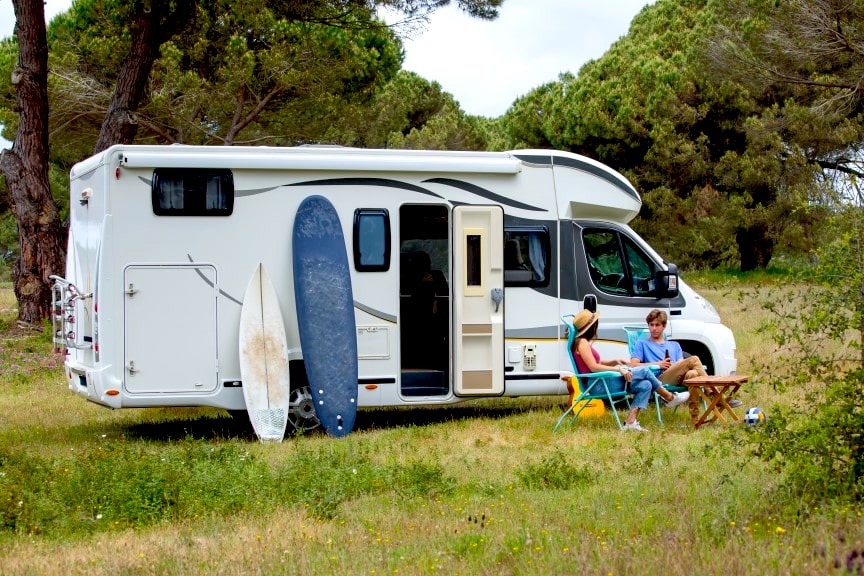When you enjoy the rain, it makes sense to use your drone to capture the stunning vistas it generates while it’s raining. If you want flying drones, you might have questioned if it is feasible to do so while it is raining. Can you fly a drone in the rain?
Quick Response
Can drones fly in the rain? Although it is feasible to operate a drone in the shower, there are a few things to keep in mind.
Overview
While flying drones in the rain may be exciting and satisfying, it is crucial to take the essential safety measures to protect both your drones and anybody nearby. Although it is feasible to fly a drone in rainy circumstances, there are a few crucial factors to take into account to protect both the drone and anybody nearby.
In order to assist you in having such a productive and pleasurable flight, we will discuss whether it is possible to fly a drone in the rain, as well as the safety measures you must take when you do. This post will offer helpful facts and ideas to help you comprehend the difficulties and potential of flying drones in the rain, regardless of your level of drone expertise.
Drones

Unmanned aerial vehicles (UAVs), frequently referred to as drones, have grown in popularity in recent decades for a variety of uses, such as aerial surveillance, mapping, monitoring, and deliveries.
Although drones have numerous advantages, it is crucial to comprehend the elements that may influence their efficiency and security, such as the environment within which they are operated.
Can Drones Fly in the Rain?
Drone operation in the rain is feasible. However, there will be certain malfunctions. Let’s discuss this in the next section of the article.
How Will My Drone Behave if it Soaks?

The drone may become damaged or stop working if it absorbs moisture. The particular drone type and the amount of water it receives will determine the damage that has occurred.
The following are a few possible effects of a damp drone.
Circuit breaker failure
Its drone may become damaged or stop working if water seeps into its electronics components and creates a short circuit.
Corrosion
Metal parts of the drones may rust if you allow moisture to rest on them for an extended period of time. Its drone’s structural strength may be compromised. As a result, it increases the risk of failure.
Interference with sensors
The sensors of the drone may be hampered by rain, which could also make precise flying challenging. It could be more difficult to fly and operate the drone if its sensors become wet.
Viewing the drone is challenging
Additionally, the weather might make it harder to see the drone, specifically if it’s pouring heavily. This might make it more challenging to monitor the direction and position of any drone at night or day, therefore, raising the possibility of accidents.
In the event that the drone becomes wet, make sure that you properly dry it out and inspect it for damages or problems before resuming flight. Although flying a drone in the rain may be exciting and gratifying, it is crucial to take the essential safety measures to protect both the drone and anybody nearby.
How to Operate a Drone in the Rain?

It may be difficult and even dangerous to operate a drone, mainly in the rain. Even if it is feasible to fly drones in wet weather, there are a few crucial factors to take into account to protect both the drone and anybody close.
Please keep in mind the following advice in mind if you would like to operate any drone in damp circumstances.
Analyze the suggestions provided by the manufacturer
Verify the company’s guidelines before trying to fly any drones in the rain. Most drones aren’t intended to be operated in damp environments because doing so may void the guarantee or cause the drone to become damaged. It is advised to stay away from utilizing a drone in the rain if it hasn’t been certified for use in wet conditions.
Prior to taking off, verify the weather prediction
Before using your drones in the rain, be mindful to check your weather report. It is recommended to cancel the flight till weather circumstances improve, whereas if the prediction predicts high winds, lightning, or a lot of rain.
Safeguard the drone
It’s crucial to keep your drones as safe as you can if you do want to fly them during the rain. This can entail utilizing a waterproof covering or placing the drone inside a container for protection. Prior to storing the drones after the flight, make careful to dry out the drone as well as any damp parts.
Look over the sensors in the drone
Rain might obstruct your drone’s detectors, making it challenging to fly precisely. Prior to lifting off, double-check that the sensors in the drone are working correctly, and be ready for a possibly choppy flight.
Fly with caution
Fly any drone at such a reasonable height and distance because it may be more challenging to notice it in the rain. Additionally, it’s a wise option to select a lower limit detection threshold and travel at a reduced speed.
Keep current with regional laws
Regarding flying drones in rainy circumstances, there are several locations with particular laws in place. Prior to trying to pass any drone in the rain, be sure that you are familiar with some of these rules.
Do not fly when there is lightning or heavy winds
We recommend delaying any flight till circumstances are better if the occasion calls for such stormy weather or lightning. The drone, as well as anybody close, may be at risk in these circumstances.
You have to follow the minimum safety measures listed above to guarantee a successful as well as safe trip.
Conclusion
When you take some required safety steps to protect the security of the drones and anybody around, flying drones in the rain is generally a gratifying and thrilling activity. Can you fly a drone in the rain? Operating a drone in the rain could be difficult and potentially hazardous.
In order to protect the drone and anyone surrounding it, be sure to read the company’s guidelines and follow the appropriate safety measures. The following recommendations will help you have a smooth and pleasurable flight, regardless of the weather.
You May Also Like:









